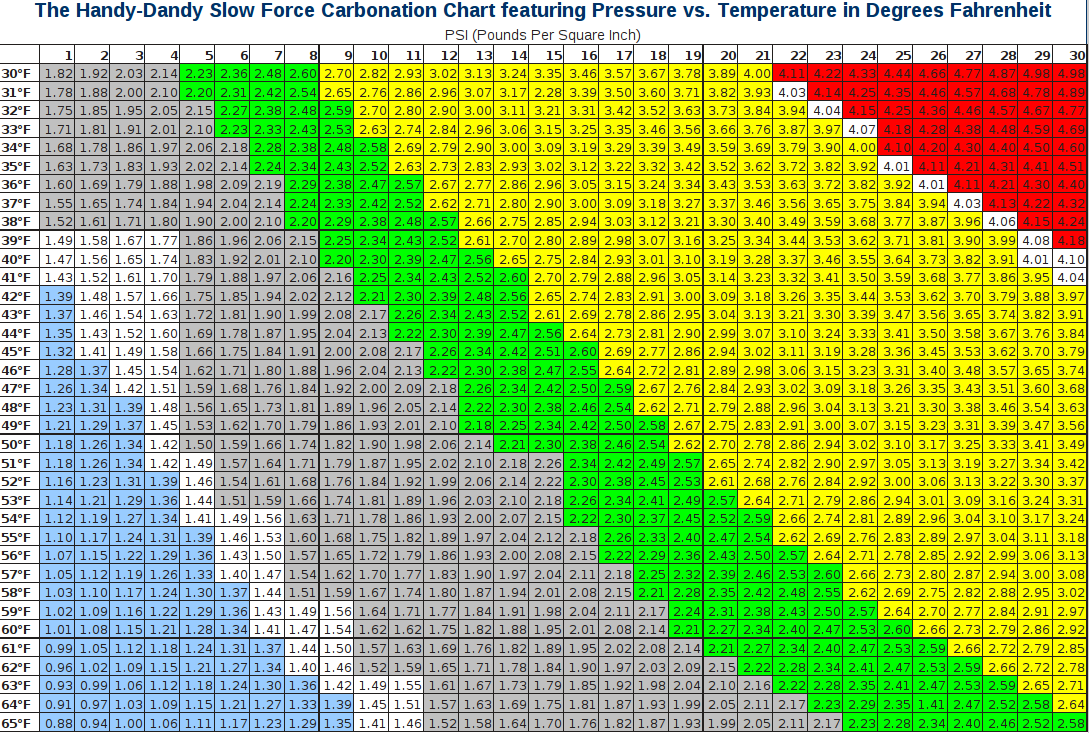I've been bottling for almost 4 years and have just moved to kegging. Had a thread recently about two kegged beers which tasted bad initially but are *slowly* improving. I've now come to see it simply must be a green beer taste. So, in the past I would bottle a week after the top of my beer has fully cleared in the fermenter. For most beers this has been three weeks since after two weeks the krausen had fallen and the top of the beer was clear. For some others it would be 4 weeks, etc. Now, when I bottled I would typically allow 3 weeks in the bottle then put them into the fridge. Often, even after a week in the fridge the beer wouldn't taste fully conditioned and I've found typically 2 weeks in the fridge was ideal.
The information I am seeking from those that used to bottle and now keg is what adjustments have you made to reach the same result? With bottling I would figure the first week is primarily the yeast eating the priming sugar then the next two weeks warm conditioning. Then some cold conditioning in the fridge. What I'm trying to figure out is whether I should now leave the beer in the fermenter longer to get that warm conditioning phase before kegging. Have you all found you need to extend your primary times by one week? Two weeks? More? Can the warm conditioning phase be skipped with some longer cold conditioning?
Basically, I'd hoped that kegging could slightly shorten the "time to drink" rather than extend it. It's not the reason I switched, I switched because bottling is more a PITA, so I'm not looking for some magic solution to speeding up "time to drink". I'm more concerned of course with the beer tasting the best it can be. I just would like to avoid going through more trial and error if others have some good info that can help me get right on track. Thanks!
Rev.
The information I am seeking from those that used to bottle and now keg is what adjustments have you made to reach the same result? With bottling I would figure the first week is primarily the yeast eating the priming sugar then the next two weeks warm conditioning. Then some cold conditioning in the fridge. What I'm trying to figure out is whether I should now leave the beer in the fermenter longer to get that warm conditioning phase before kegging. Have you all found you need to extend your primary times by one week? Two weeks? More? Can the warm conditioning phase be skipped with some longer cold conditioning?
Basically, I'd hoped that kegging could slightly shorten the "time to drink" rather than extend it. It's not the reason I switched, I switched because bottling is more a PITA, so I'm not looking for some magic solution to speeding up "time to drink". I'm more concerned of course with the beer tasting the best it can be. I just would like to avoid going through more trial and error if others have some good info that can help me get right on track. Thanks!
Rev.




